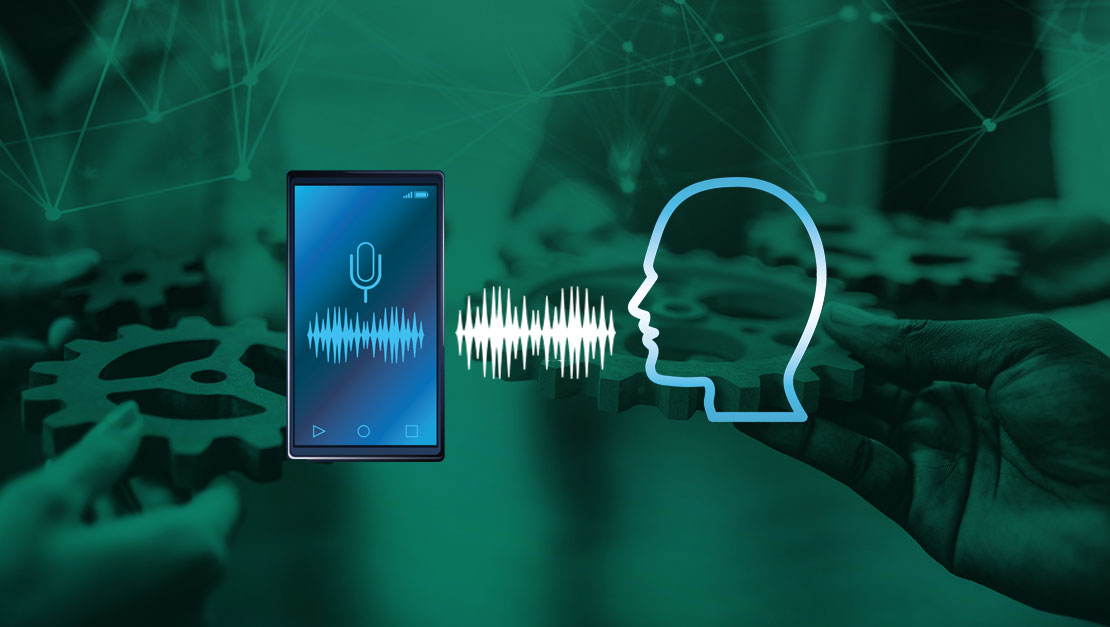Voice AI has gone from futuristic concept to operational workhorse in record time. Enterprises across industries are turning to voice automation to speed up documentation, reduce support volume, and scale operations without growing headcount. But here’s the question that really matters: what’s the true voice AI ROI for enterprise?
In this post, we’ll break down how to calculate ROI for AI voice agents, what metrics matter most, and how platforms like aiOla are helping enterprises move from transcription to transformation—with measurable impact.
What Metrics Define Voice AI ROI?
Voice AI ROI, or return on investment, measures how much value you get from deploying AI-powered voice solutions, compared to what you spend on them. This can include financial savings, productivity gains, error reduction, and even compliance improvements.
Here are the core principles:
- Time savings: How many hours are saved by automating repetitive tasks like documentation, call handling, or quality checks?
- Cost savings: Are you reducing the need for additional hires, outsourcing, or overhead?
- Operational efficiency: Are frontline teams getting more done with fewer steps or less friction?
- Compliance and accuracy: Is the system reducing audit errors, regulatory risks, or miscommunications?
- Employee satisfaction: Are your teams less burdened by manual reporting or repetitive admin work?
Voice AI ROI isn’t one-size-fits-all. But when you start tracking the right data, the gains become easy to quantify and hard to ignore.
How Do You Calculate Voice AI ROI?
The formula is straightforward, but powerful:
Voice AI ROI (%) = [(Total Value Gained – Cost of Voice AI) ÷ Cost of Voice AI] x 100
Let’s break this AI voice agent ROI calculator down in real terms:
Example: Maintenance Documentation in Aviation
Imagine a global airline uses aiOla’s voice AI to log maintenance activities. Previously, mechanics spent 5 minutes per inspection manually entering data. With aiOla, they complete the task in 30 seconds—hands-free, on-site, and 95% accurate.
- Staff time saved per week: 5,000 minutes
- Wage value per hour: $40
- Weekly savings: $3,333
- Platform cost: $1,000/week
Voice AI ROI = [($3,333 – $1,000) ÷ $1,000] x 100 = 233%
That’s just from time saved before factoring in the value of improved compliance, fewer documentation errors, and faster decision-making from real-time data.
After using this voice AI ROI calculator, just imagine scaling that across thousands of workflows, sites, or agents.
Maximizing Your Voice AI ROI for Enterprise
You’ve got the formula. Now let’s talk about the real-world strategy behind it. Here’s how enterprise teams maximize ROI using voice AI.
Start Strategic, Scale Smart
Don’t try to automate everything at once. Instead, identify one high-impact workflow with clear, measurable friction. Start there. Once you prove value, it’s easier to justify scaling the solution across departments or regions.
aiOla works especially well when applied to high-volume, high-compliance workflows—think maintenance reporting, quality inspections, or pharma batch tracking.
Choose the Right Technology Stack
Not all voice AI is created equal. Many solutions need constant retraining or don’t perform well in noisy environments. Choose a platform that can:
- Handle multilingual speech and accents
- Spot domain-specific jargon out of the box
- Transcribe in real time with high precision
- Integrate with your existing systems
That’s where aiOla’s Jargonic ASR sets itself apart—delivering 95%+ precision with no retraining required, even in complex environments.
Set the Right KPIs
Measuring voice AI ROI means setting the right benchmarks. Here are a few KPIs to track:
Time Saved Per Task or User
This measures how much faster employees can complete routine tasks using voice AI compared to manual methods. Whether it’s logging maintenance, submitting reports, or resolving support tickets, these small time savings add up across the organization. It’s a direct way to quantify productivity gains.
Error Rate Reduction
Voice AI can reduce transcription or documentation errors that stem from manual entry, especially under pressure or in noisy environments. Tracking how error rates decrease post-deployment shows how AI is improving accuracy and reducing rework or audit flags. This is especially critical in regulated industries.
Average Handle Time (AHT) for Calls or Field Reports
If your voice AI is being used in customer service or field operations, AHT helps assess how quickly and efficiently issues are being resolved. A decrease in handle time means agents or technicians are completing tasks faster without compromising quality. It’s also a key driver of customer satisfaction and team efficiency.
Audit Completion Time
For industries with strict compliance requirements, like pharma or aviation, audit timelines matter. Voice AI helps teams complete and submit required documentation more quickly. Reducing the time between task execution and audit submission lowers risk and improves operational readiness.
SLA Compliance Improvements
Service level agreements (SLAs) often depend on timing and task accuracy. Voice AI enables real-time documentation, which helps teams meet SLAs more consistently. Tracking this KPI helps quantify contractual performance improvements and client satisfaction.
Employee Satisfaction Score (Post-Deployment)
Deploying voice AI should make your team’s work easier, not harder. Surveying employees about usability, task load, and satisfaction post-deployment can reveal how well the AI is supporting their day-to-day work. Higher scores often indicate that the tech is being adopted well—and delivering value beyond the numbers.
Other ROI Drivers to Consider
Voice AI does more than just save time—it creates compounding benefits:
Faster Onboarding
New employees can start using voice workflows without needing to memorize complex forms or systems. Voice AI guides them through tasks naturally, reducing training time and minimizing early-stage errors. This accelerates time-to-productivity across departments.
Increased Data Visibility
Real-time transcription and reporting mean managers don’t have to wait for end-of-day updates or manual logs. They can track issues, trends, or delays as they happen. This immediate visibility supports faster, more informed decision-making.
Lower Audit Risk
With instant, timestamped documentation, tasks are recorded accurately and automatically. This reduces the chance of missing or incorrect data, especially in high-compliance industries like pharma, aviation, and manufacturing. Voice AI adds a layer of traceability that manual logs can’t match.
Customer Satisfaction
When employees respond faster and with fewer errors, customers feel the difference. Voice AI reduces delays in service, support, and delivery. That leads to improved trust, loyalty, and overall satisfaction scores.
Improved Accessibility
Not all workers are comfortable typing or navigating complex digital systems. Voice AI makes it easier for those with limited literacy, mobility challenges, or language barriers to interact with enterprise tools. It empowers more people to participate fully in their roles, regardless of ability.
Closing Thoughts for Maximum Voice AI ROI for Enterprise
Voice AI ROI isn’t just a number—it’s one of the clearest ways to prove that automation is creating real value. Whether you’re cutting down documentation time, streamlining customer support, or eliminating costly manual errors, the impact is measurable and often multiplies as adoption grows. To get the most out of your investment, it’s important to start with the right use case, measure outcomes clearly, and scale intelligently with a voice AI solution that’s built for enterprise needs.
At aiOla, we’ve developed a voice platform that doesn’t just understand your teams—it understands your industry. From loud warehouses to pharma clean rooms to field inspections, our AI captures speech in real time and turns it into structured data, ready for action.
Want to see how voice AI could drive results for your organization? Book a demo with our team today.








